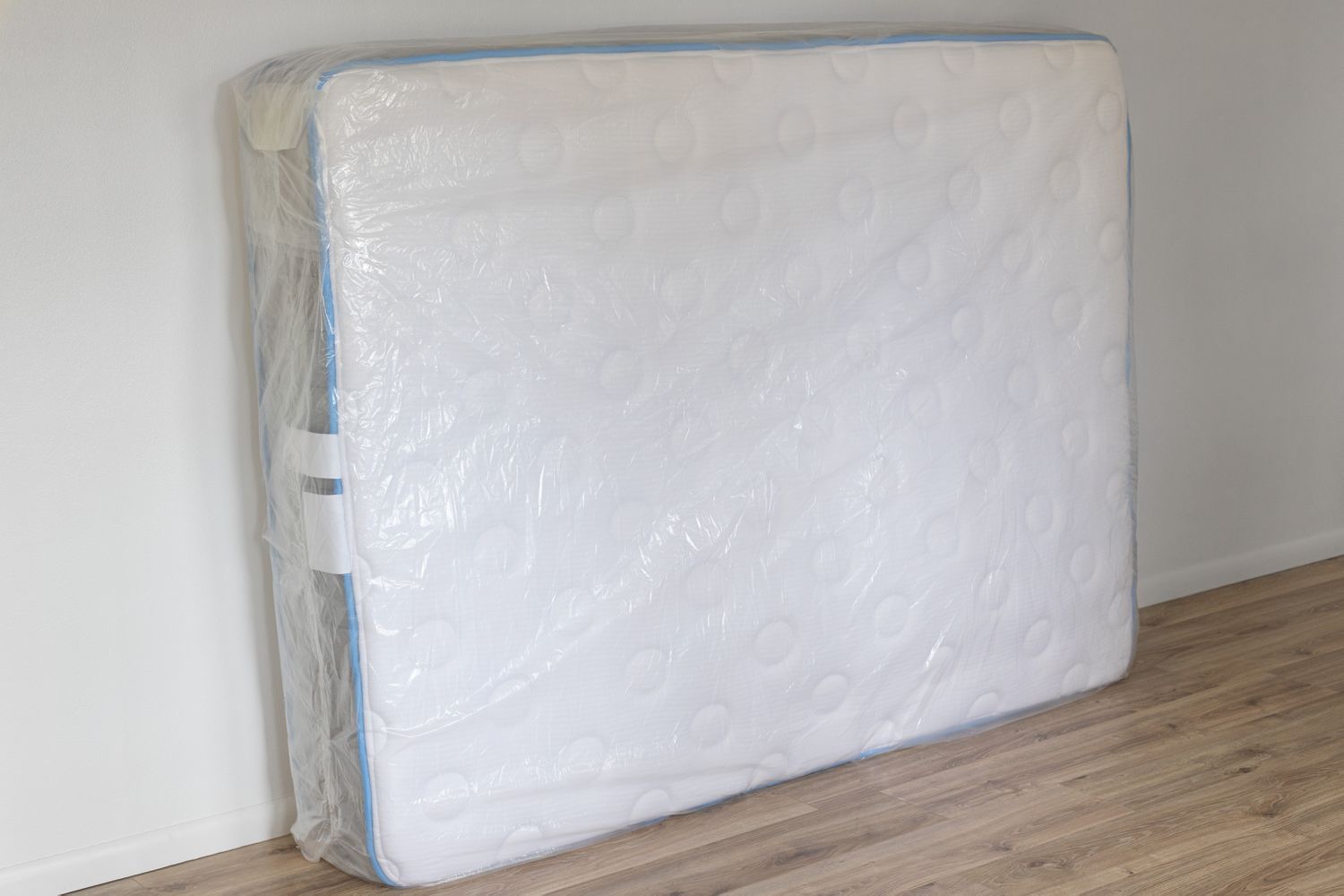

Articles
How To Store Extra Mattress
Modified: October 20, 2024
Need a solution for storing extra mattresses? Check out our expert articles for tips and advice on how to store your mattress properly and save space.
(Many of the links in this article redirect to a specific reviewed product. Your purchase of these products through affiliate links helps to generate commission for Storables.com, at no extra cost. Learn more)
Introduction
Having an extra mattress can be incredibly useful for accommodating guests or for unexpected situations where an additional bed is needed. However, storing an extra mattress properly is essential to ensure its longevity and maintain its quality. Improper storage can lead to damage, such as mold, mildew, or sagging, which can render the mattress unusable. In this article, we will guide you on how to store an extra mattress effectively, ensuring that it stays in excellent condition until you need to use it again.
Key Takeaways:
- Properly storing an extra mattress is crucial for maintaining its quality and longevity. Assess your storage space, clean and prepare the mattress, and choose the right location to ensure it stays in excellent condition until needed.
- Using a mattress bag or cover, laying the mattress flat, and periodically rotating it are essential steps for preserving the quality of your stored mattress. Keep the storage area clean and dry, and regularly remove and clean the mattress to maintain its freshness and longevity.
Read more: How To Store Extra Paint
Assess Your Storage Space
Before you start storing your extra mattress, it’s important to assess the available space in your home. Consider where you can safely store the mattress without it being exposed to excessive moisture, temperature fluctuations, or potential damage from other items. Ideally, you should aim for a cool, dry, and clean storage area.
If you live in a smaller home or apartment with limited storage space, you may need to get creative. Look for underutilized areas such as under the bed, behind furniture, or in a closet. Alternatively, you could invest in storage solutions like mattress bags or vacuum-sealed storage bags that can compress the mattress and save space.
Remember to measure the dimensions of your storage space before proceeding. You don’t want to discover that the allocated space is too small or that the mattress doesn’t fit properly. Take accurate measurements so that you can choose the right size storage bag or find an appropriate spot for the mattress.
Additionally, ensure that the storage area is easily accessible so that you can retrieve the mattress when needed. You don’t want to have to move several heavy items or go through a complicated process to get to your extra mattress.
By assessing your storage space and planning accordingly, you can ensure that your extra mattress is stored safely and efficiently, maximizing its longevity and usability.
Clean and Prepare the Mattress
Before storing your extra mattress, it’s important to clean it thoroughly to ensure that no dirt, dust, or debris is trapped inside. Start by removing all bedding, including sheets, mattress protectors, and any other accessories. Take the time to inspect the mattress for any stains or spills and treat them accordingly.
To clean the mattress, you can start by vacuuming it to remove any loose particles. Use the upholstery attachment on your vacuum cleaner and run it across the mattress to remove dust, hair, and other debris. Pay extra attention to the seams and crevices where dust can accumulate.
If there are any stains on the mattress, you can spot clean them using a mild detergent mixed with water. Gently scrub the affected area with a soft cloth or sponge, being careful not to soak the mattress. Blot the area with a clean, damp cloth to remove any soapy residue and let it air dry completely.
Once the mattress is clean and dry, you can further protect it by using a mattress protector or encasement. These are fitted covers that provide an additional barrier against dust, allergens, and moisture. They can help prolong the lifespan of your mattress and keep it in pristine condition while in storage.
Finally, before storing the mattress, ensure that it is fully dry to prevent the growth of mold or mildew. You can place the mattress in a well-ventilated area for a few hours or use a fan to expedite the drying process if needed.
By cleaning and preparing the mattress before storage, you maintain its cleanliness and hygiene, ensuring it remains fresh and ready for use when you need it.
Choose the Right Storage Location
When it comes to storing your extra mattress, choosing the right location is crucial to its preservation. Ideally, the storage area should be well-suited to protect the mattress from potential damage caused by moisture, pests, heat, and other environmental factors.
It’s essential to avoid storing the mattress in areas such as the basement or garage where there may be high humidity levels, temperature fluctuations, or the presence of pests. These conditions can lead to mold growth, musty odors, and even damage to the mattress fabric and structure.
Ideally, opt for a dry and climate-controlled storage space to ensure the mattress remains in the best possible condition. If you don’t have access to such a space, consider investing in a dehumidifier to maintain optimal moisture levels and prevent the growth of mold or mildew.
Additionally, choose a location that is away from direct sunlight. Prolonged exposure to sunlight can cause the mattress fabric to fade and deteriorate over time. If you have no other option but to store the mattress in a sunlit area, cover it with a light-colored sheet or fabric to provide some protection.
Another important factor to consider when selecting the storage location is accessibility. Ensure that you can easily access the mattress when needed without having to move heavy items or navigate through a cluttered space. This will make retrieval stress-free and more convenient.
By choosing the right storage location, you can safeguard your extra mattress from potential damage and ensure its longevity so that it remains in excellent condition for future use.
Use a Mattress Bag or Cover
To provide an extra layer of protection for your stored mattress, it is highly recommended to use a mattress bag or cover. These specially designed bags or covers help keep the mattress clean, free from dust, and protected from potential spills or accidents.
When selecting a mattress bag or cover, make sure to choose one that is specifically sized for your mattress. It should fit snugly and securely, covering the entire mattress without any gaps. This will prevent dust, bugs, or moisture from getting inside and potentially causing damage.
Before placing the mattress into the bag or cover, give it a final check to ensure it is completely dry. Any moisture trapped inside the bag can lead to the growth of mold or mildew. If necessary, use moisture-absorbing packs or silica gel packets inside the bag to keep the interior dry.
When inserting the mattress, make sure to do it carefully to prevent any tears or punctures in the bag. Start by sliding one end of the mattress into the bag and then slowly lower the rest of it inside. Once the mattress is completely inside the bag, seal it tightly using the provided adhesive strip or a secure zipper closure, making sure there are no openings.
If you prefer to use a cover instead of a bag, choose a durable, breathable cover made from materials like polyester or cotton. These covers provide protection while still allowing airflow, preventing the buildup of moisture. Ensure the cover is securely fastened to keep it in place during storage.
By using a mattress bag or cover, you add an extra layer of defense to your stored mattress, protecting it from dust, dirt, moisture, and potential damage, and keeping it in pristine condition until you need to use it again.
Read more: How To Store Extra Clothes
Lay the Mattress Flat
When storing an extra mattress, it is crucial to lay it flat to maintain its shape and structural integrity. Storing a mattress upright or at an angle can lead to sagging, bending, or warping over time, making it uncomfortable to sleep on.
Find a flat surface in your chosen storage area where you can place the mattress horizontally. Avoid placing the mattress directly on the floor, as it can be susceptible to moisture and pests. Instead, you can use a clean and dry platform such as pallets, wooden boards, or even a mattress foundation if you have one available.
Make sure the surface is free from any sharp objects or rough edges that could potentially puncture or damage the mattress. If necessary, you can place a thick and breathable material, such as a clean sheet or tarp, between the mattress and the surface for added protection.
If you have limited space and need to stack multiple mattresses, it is crucial to place a barrier between each mattress to prevent friction and potential damage. A simple solution is to use a clean sheet or a layer of cardboard between each mattress to avoid direct contact and ensure they can be easily separated when needed.
Remember to leave some space around the mattress to allow for proper airflow. Adequate air circulation helps prevent the buildup of humidity and reduces the risk of mold or mildew growth. Avoid tightly packing the storage area, as this can restrict airflow and lead to potential problems.
By laying the mattress flat, you preserve its shape and ensure it remains in optimal condition during storage. This will contribute to its longevity and make it more comfortable to use when you retrieve it in the future.
Store your extra mattress in a cool, dry place to prevent mold and mildew. Avoid storing it directly on the floor to allow for air circulation and use a mattress storage bag to protect it from dust and pests.
Avoid Placing Heavy Items on Top
When storing your extra mattress, it’s important to be mindful of what you place on top of it. Avoid placing any heavy items on the mattress as the weight can cause compression, indentation, and potential damage to the mattress structure.
The weight of heavy items can lead to permanent sagging or uneven distribution of support, which can compromise the comfort and longevity of the mattress. Over time, this can affect the overall quality of the mattress, making it less enjoyable to sleep on.
If you have limited storage space and need to stack items on top of the mattress, make sure to choose lightweight and soft objects. Opt for items like pillows, blankets, or cushions, which won’t exert too much pressure on the mattress. Evenly distribute these lightweight items to minimize the impact on the mattress.
It’s crucial to avoid any sharp or pointed objects that could potentially puncture or damage the mattress. These objects can create tears or punctures in the fabric, which can shorten the lifespan of the mattress and compromise its quality.
Ultimately, the goal is to prevent any unnecessary pressure or stress on your stored mattress. By avoiding placing heavy items on top, you ensure that the mattress remains in its original shape and maintains its structural integrity throughout the storage period.
Rotate the Mattress Periodically
To ensure even wear and prolong the lifespan of your stored mattress, it’s important to rotate it periodically. Regularly rotating the mattress helps distribute the weight and pressure evenly, preventing any one area from experiencing excessive compression or sagging.
Depending on the storage duration, aim to rotate the mattress every 3 to 6 months. This will help prevent the mattress from developing permanent indentations and reduce the risk of uneven wear over time.
To rotate the mattress, carefully lift and turn it 180 degrees so that the head of the mattress becomes the foot, and vice versa. If you have a two-sided mattress, you can also flip it over to ensure even wear on both sides.
Rotating the mattress allows the materials to settle and readjust, reducing the chance of developing uneven areas or body impressions. It also helps maintain a consistent level of comfort and support throughout the entire mattress.
Keep in mind that if you are using a memory foam mattress or a mattress with specific comfort layers, the rotation may not be necessary as often. It is best to consult the manufacturer’s guidelines or recommendations for specific instructions on rotating these types of mattresses.
By periodically rotating your stored mattress, you extend its lifespan, prevent premature sagging, and ensure a comfortable sleeping surface when it is time to use it again.
Keep the Storage Area Clean and Dry
Maintaining a clean and dry storage area is essential when it comes to storing your extra mattress. A clean environment helps prevent the accumulation of dust, dirt, and potential allergens on the mattress surface. Additionally, keeping the storage area dry helps avoid the growth of mold, mildew, and unpleasant odors.
Regularly clean the storage area by dusting or sweeping to remove any dirt or debris that may settle on the floor or shelves. If necessary, use a gentle cleaning solution to wipe down surfaces to ensure they are free from dust and other contaminants.
Be mindful of any potential sources of moisture in the storage area. Ensure that there are no leaks or areas prone to water damage. If you notice any signs of dampness, address the issue immediately by identifying the source and fixing it. Consider using a dehumidifier to maintain optimal humidity levels, especially in areas with high moisture.
Avoid storing your mattress near windows or areas that are exposed to direct sunlight, as prolonged exposure to sunlight can fade and damage the fabric. UV rays can also break down the materials in the mattress over time, impacting its overall quality.
If you live in a humid climate, consider using desiccant packs or moisture-absorbing products designed to keep the air dry. These can help prevent excess moisture and reduce the risk of mold or mildew growth on your stored mattress.
Regularly inspect the storage area for any signs of pests like bed bugs or rodents. These critters can cause damage to your mattress and compromise its cleanliness. If you notice any infestation, take immediate action to address the problem and consider using pest control measures to eliminate the issue.
By keeping the storage area clean and dry, you create a suitable environment for storing your extra mattress. This ensures its longevity and preserves its quality, making it ready for use whenever you need it.
Read more: How To Store Extra Virgin Olive Oil
Remove and Clean the Mattress Regularly
Even when your extra mattress is in storage, it’s important to periodically remove and clean it to maintain its freshness and cleanliness. Regular cleaning helps remove any built-up dust, allergens, and odors that may have accumulated over time.
Plan to remove and clean the mattress at least once a year, or more frequently if needed. Start by carefully taking the mattress out of its storage area, making sure to avoid any tears or damage to the bag or cover.
Once the mattress is out, lightly vacuum both sides of the mattress to remove any dust, dirt, or debris. Use the upholstery attachment and focus on the seams, corners, and edges where dust tends to accumulate. This will help keep the mattress clean and free from allergens.
For stains or spills, spot clean the affected areas using a mild detergent mixed with water. Gently scrub the stain using a soft cloth or sponge, working from the outer edges towards the center. Avoid using excessive water to prevent saturation of the mattress, as it can lead to mold or mildew growth. Blot the area with a clean, damp cloth to remove any soapy residue and let it air dry completely before returning it to storage.
While the mattress is out, take the opportunity to inspect it for any signs of damage or wear. Check for sagging, lumps, or any other signs that might affect its comfort and support. Address any issues promptly to avoid long-term damage and ensure that the mattress is in optimal condition for future use.
Before placing the mattress back into its storage bag or cover, ensure that it is completely dry and free from moisture. This helps prevent mold or mildew growth during storage. If necessary, allow the mattress to air out in a well-ventilated area for a few hours before packing it away again.
By regularly removing and cleaning your stored mattress, you maintain its cleanliness, freshness, and overall quality. This ensures that when you retrieve it for use, you can enjoy a hygienic and comfortable sleeping experience.
Conclusion
Storing an extra mattress properly is essential to ensure its longevity and maintain its quality. By following the steps outlined in this article, you can effectively store your mattress and keep it in excellent condition until it is needed again.
Assessing your storage space and choosing the right location is the first step in ensuring the mattress’s preservation. Keep in mind factors like humidity, temperature, and accessibility when deciding where to store it.
Cleaning and preparing the mattress before storage is crucial to prevent dirt, stains, and odors from setting in. Use a mild detergent to spot clean any stains and let the mattress dry completely to avoid mold or mildew growth.
Using a mattress bag or cover provides an additional layer of protection against dust, dirt, and potential spills. Make sure to choose the right size and seal it tightly to prevent any pests or moisture from getting inside.
Laying the mattress flat on a clean, dry surface helps maintain its shape and structural integrity. Avoid placing heavy items on top to prevent compression and damage to the mattress materials.
Rotate the mattress periodically to ensure even wear and avoid permanent sagging or indentations. This helps maintain a consistent level of comfort and support throughout the mattress.
Keeping the storage area clean and dry is vital to prevent the accumulation of dirt, dust, and potential allergens. Regularly inspect and clean the storage area, and be mindful of pests and sunlight exposure.
Lastly, remember to remove and clean the mattress regularly to maintain its freshness and cleanliness. Vacuum both sides, spot clean any stains, and inspect it for any signs of damage or wear.
By following these guidelines and taking proper care of your stored mattress, you can ensure that it stays in excellent condition and provides comfortable sleep for many years to come.
Frequently Asked Questions about How To Store Extra Mattress
Was this page helpful?
At Storables.com, we guarantee accurate and reliable information. Our content, validated by Expert Board Contributors, is crafted following stringent Editorial Policies. We're committed to providing you with well-researched, expert-backed insights for all your informational needs.

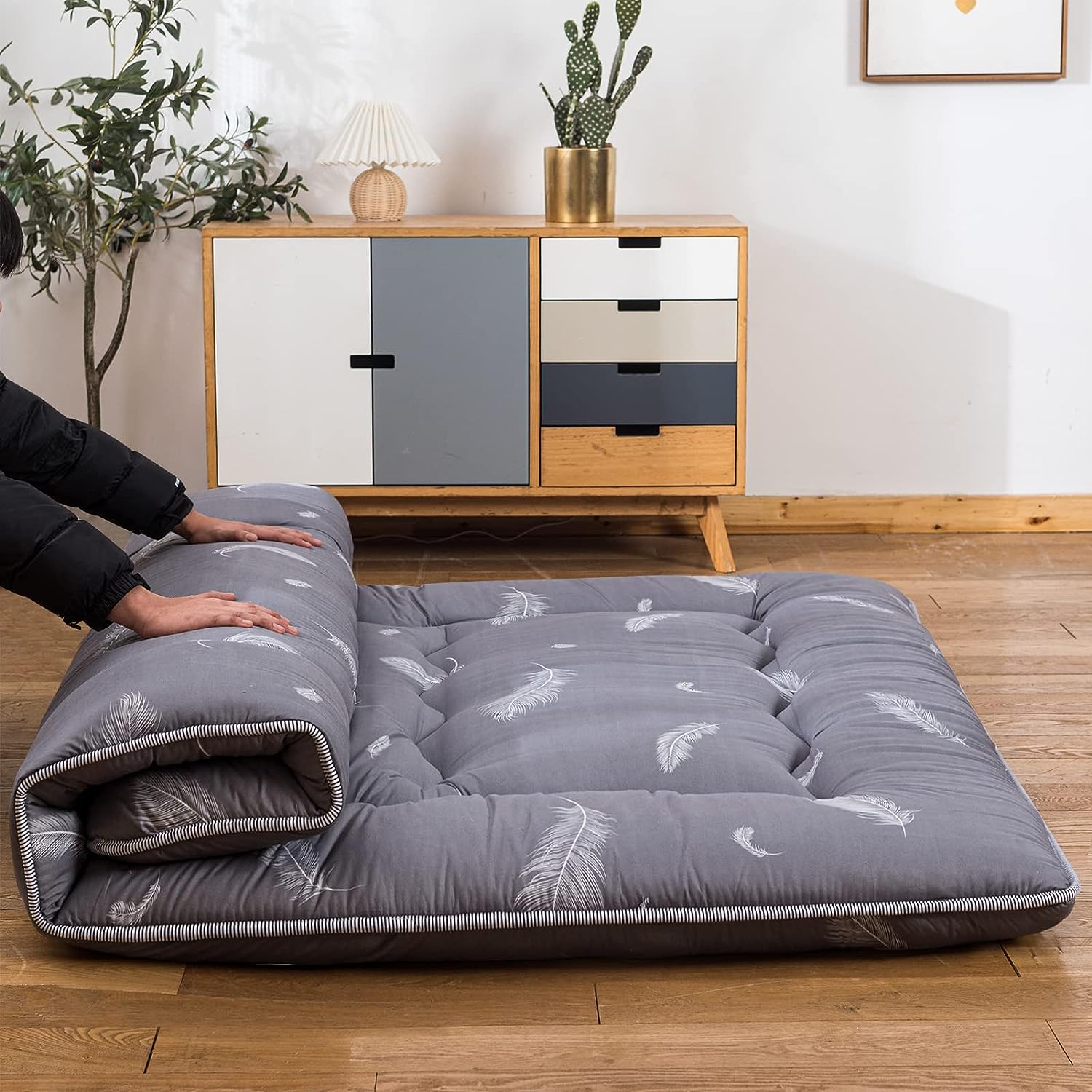

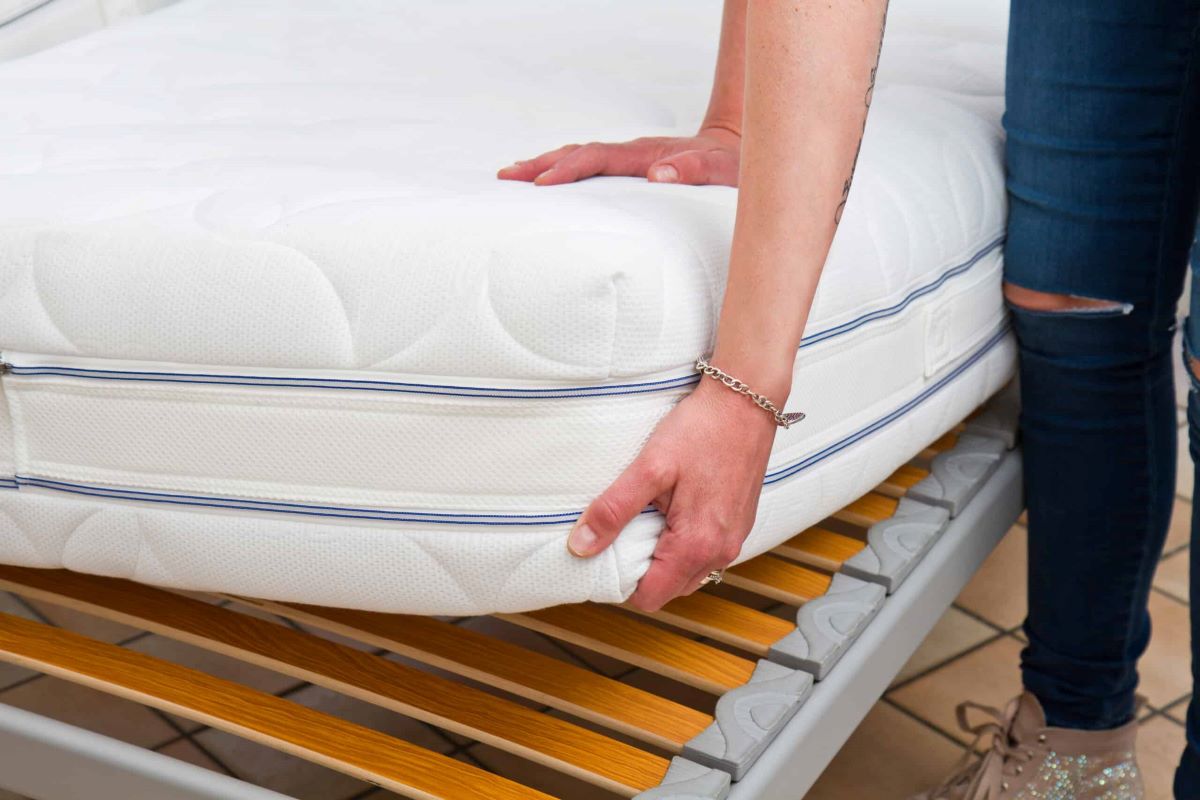
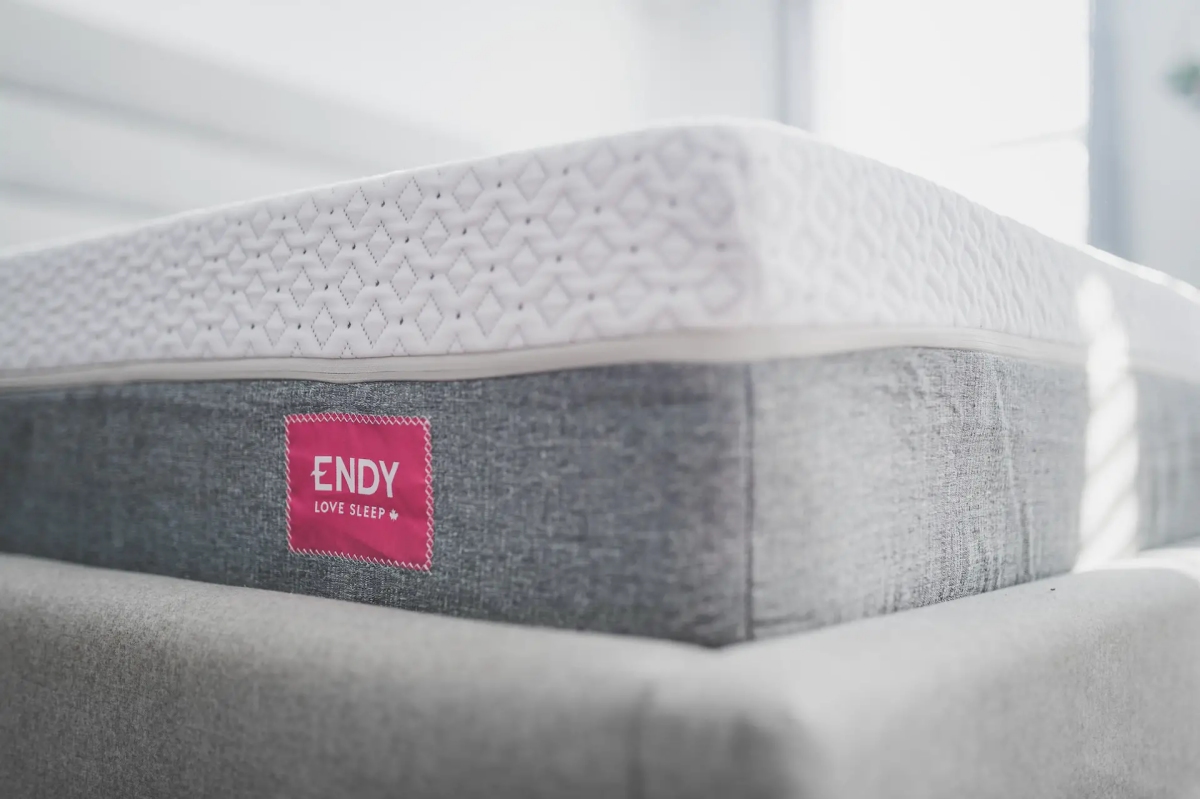
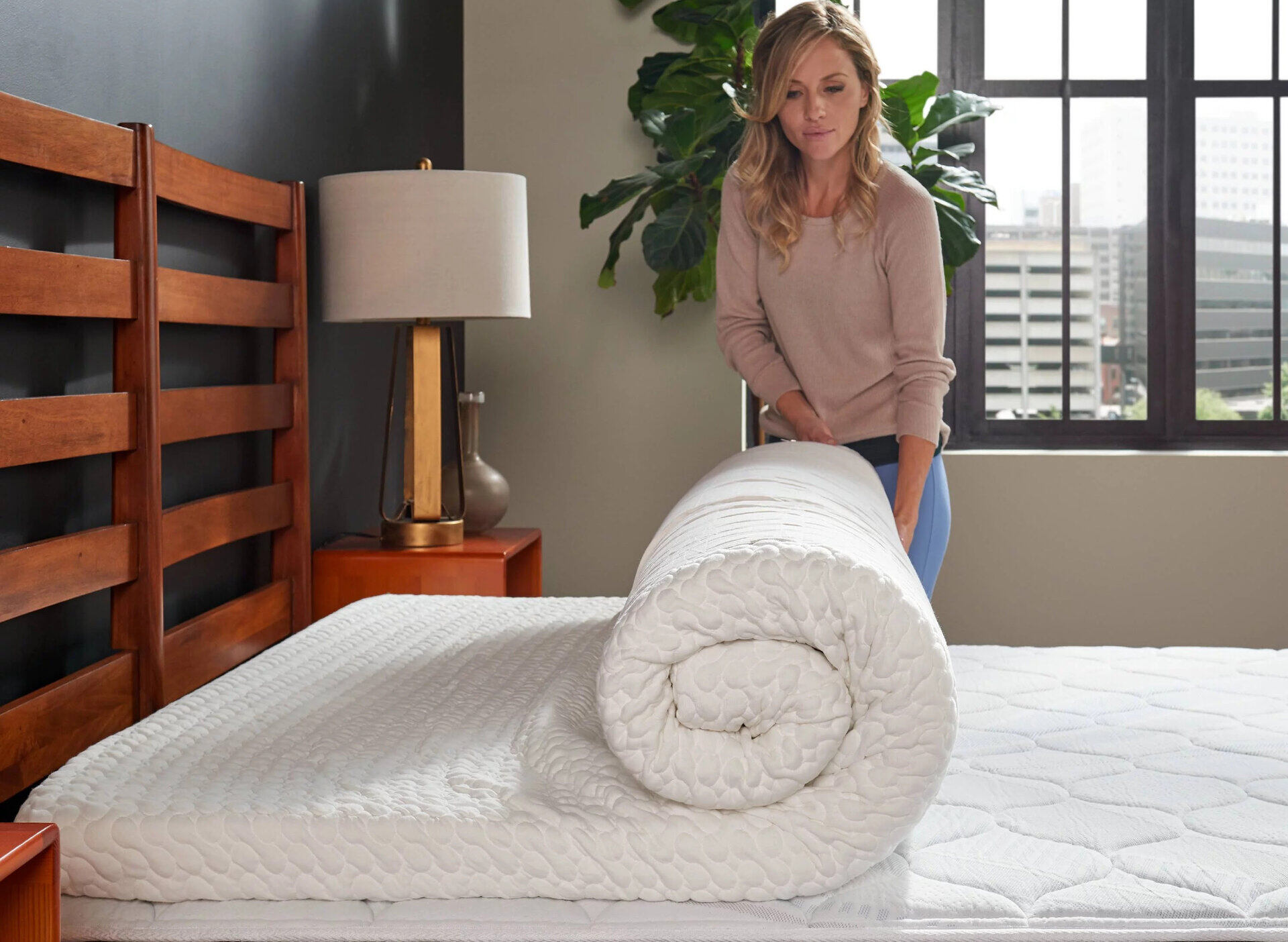
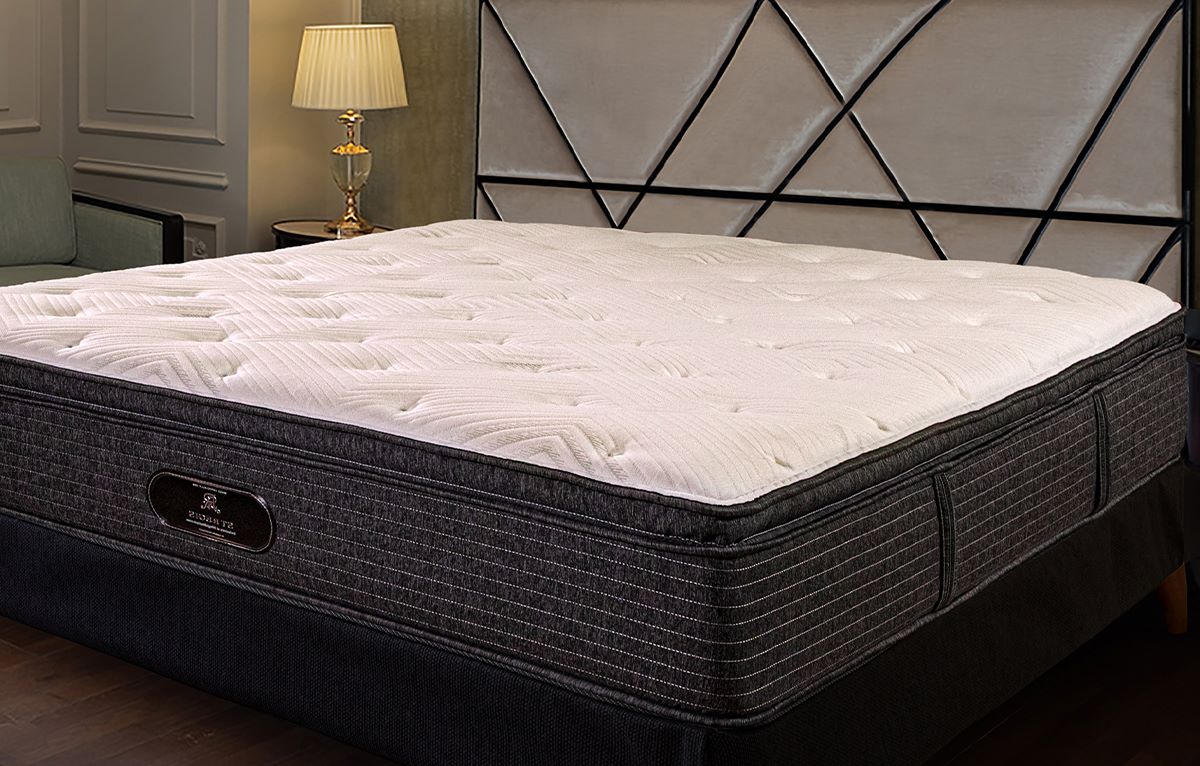
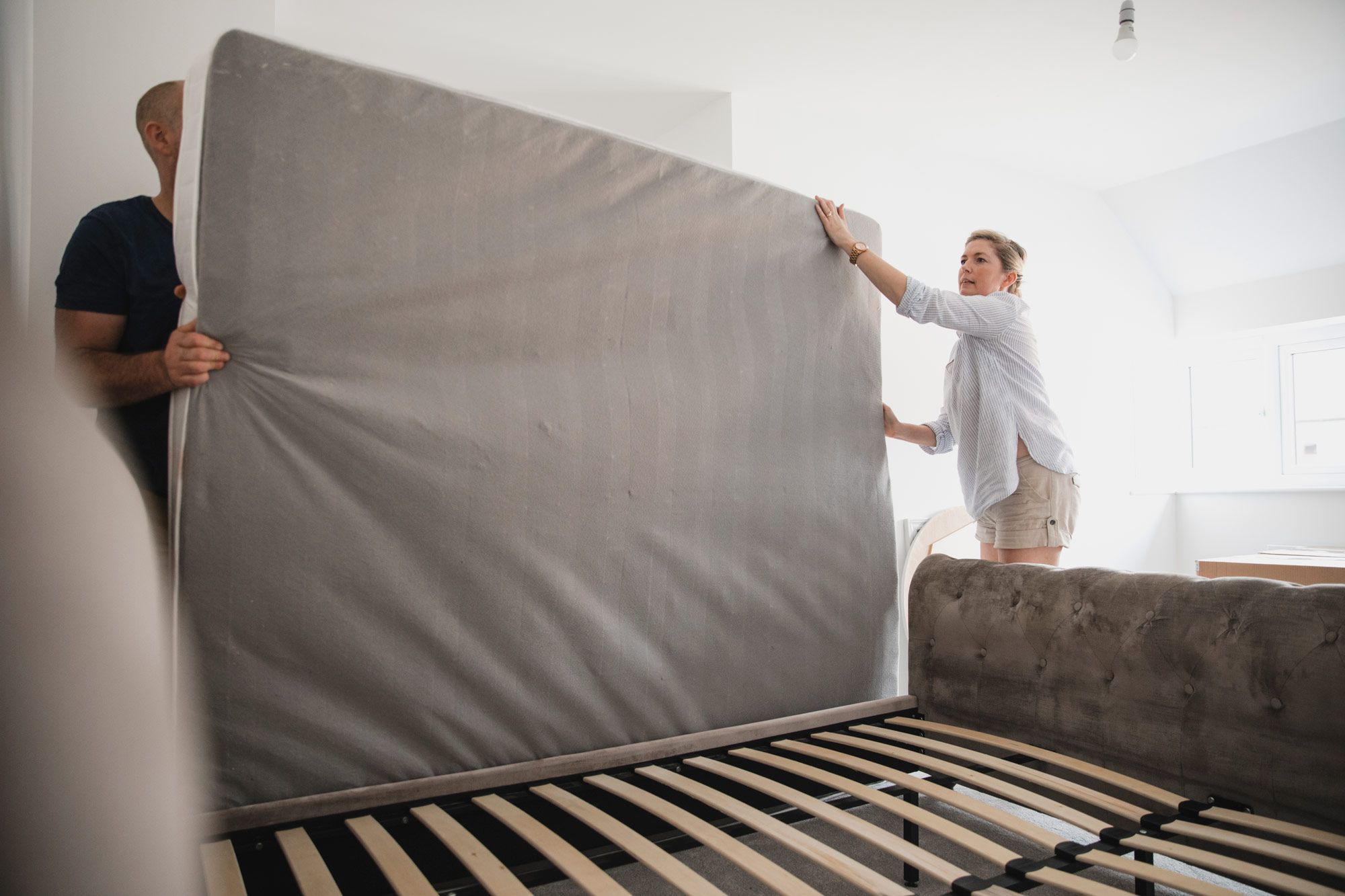
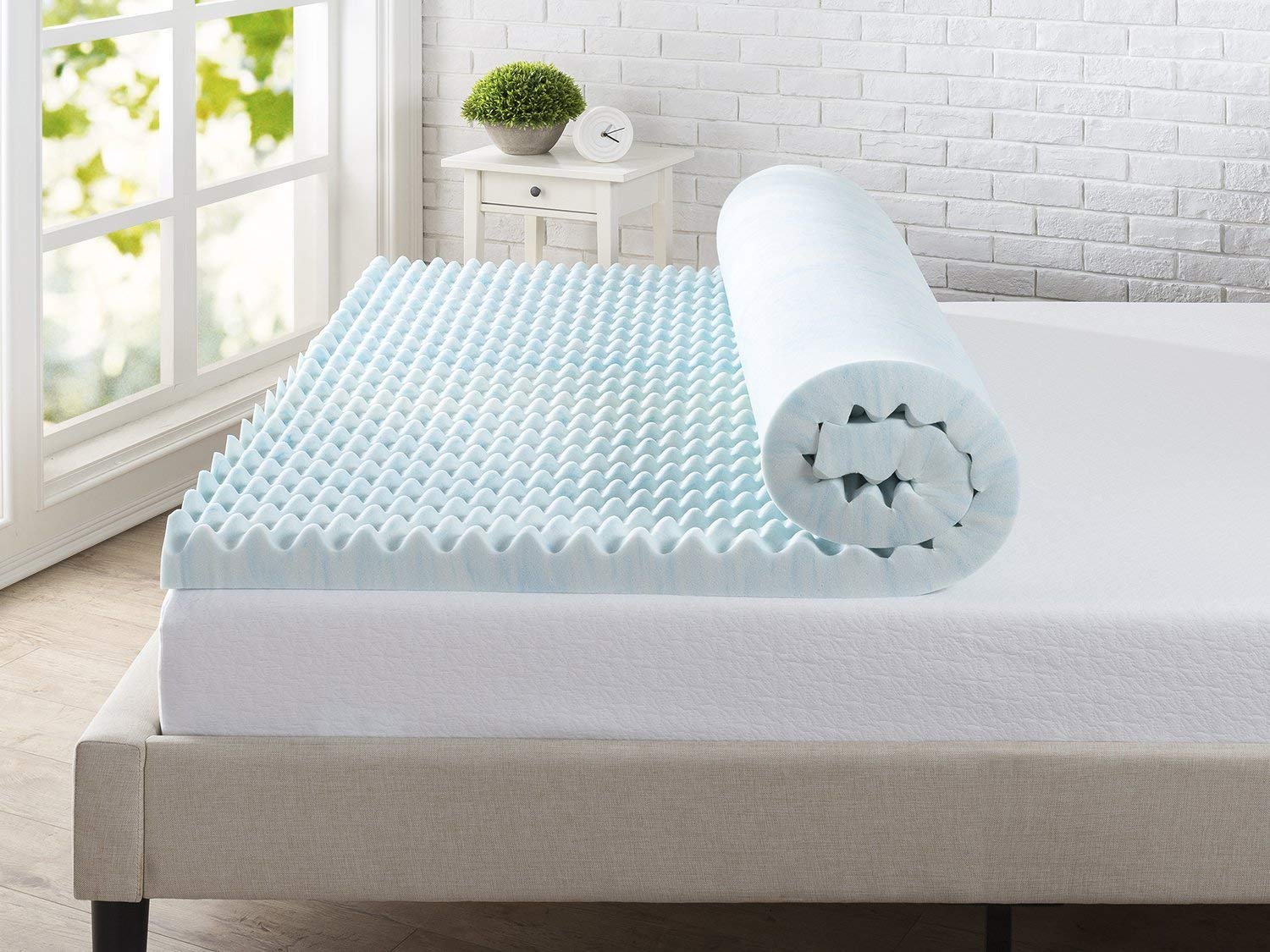
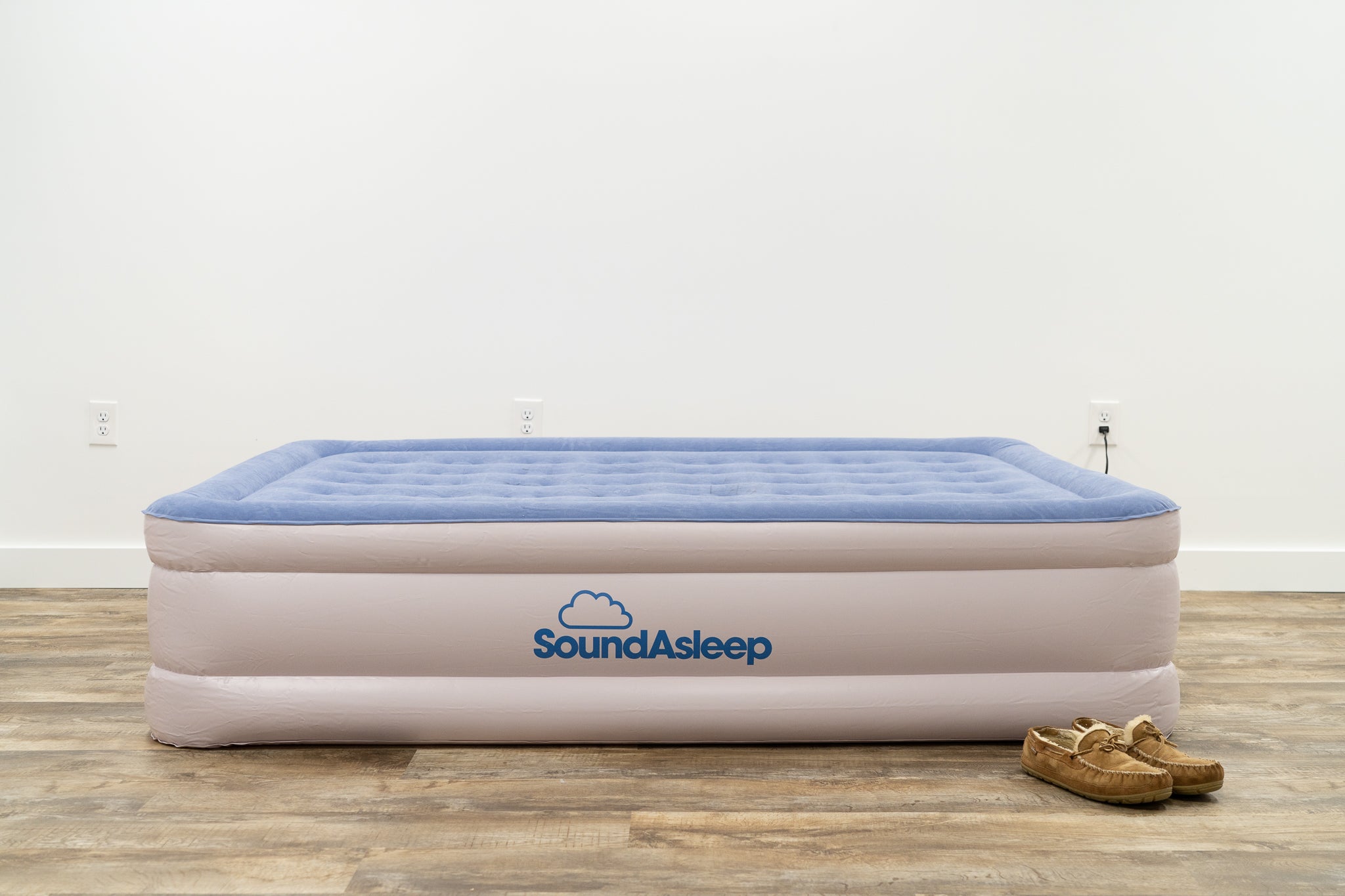
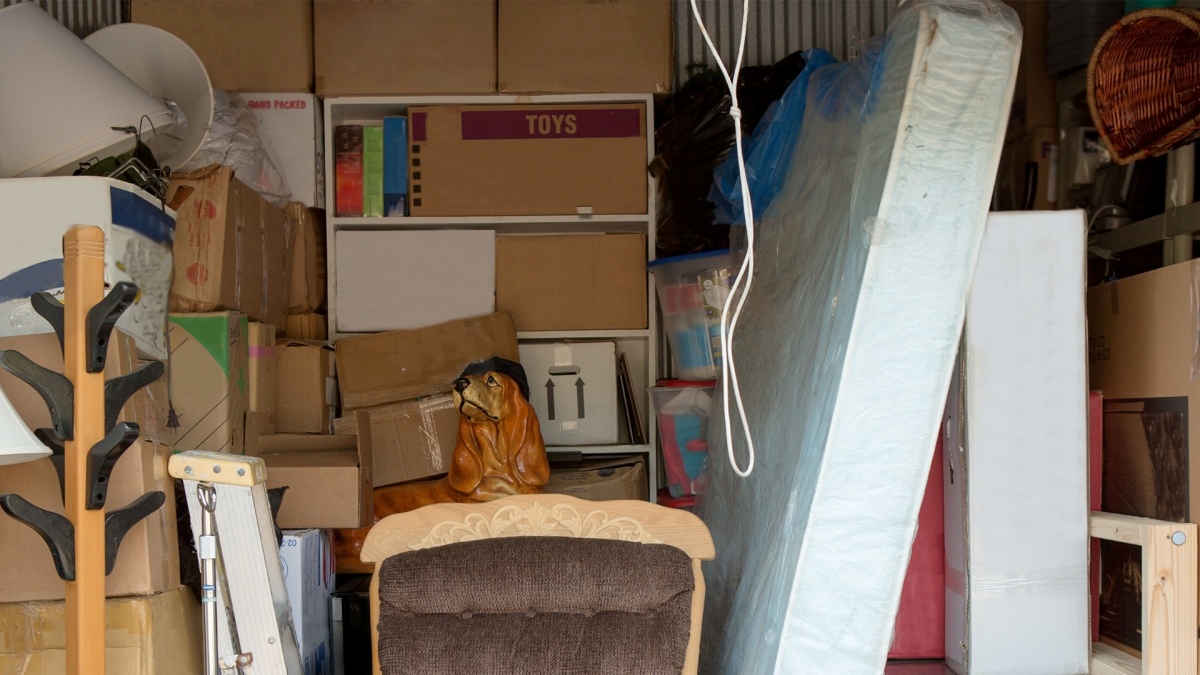
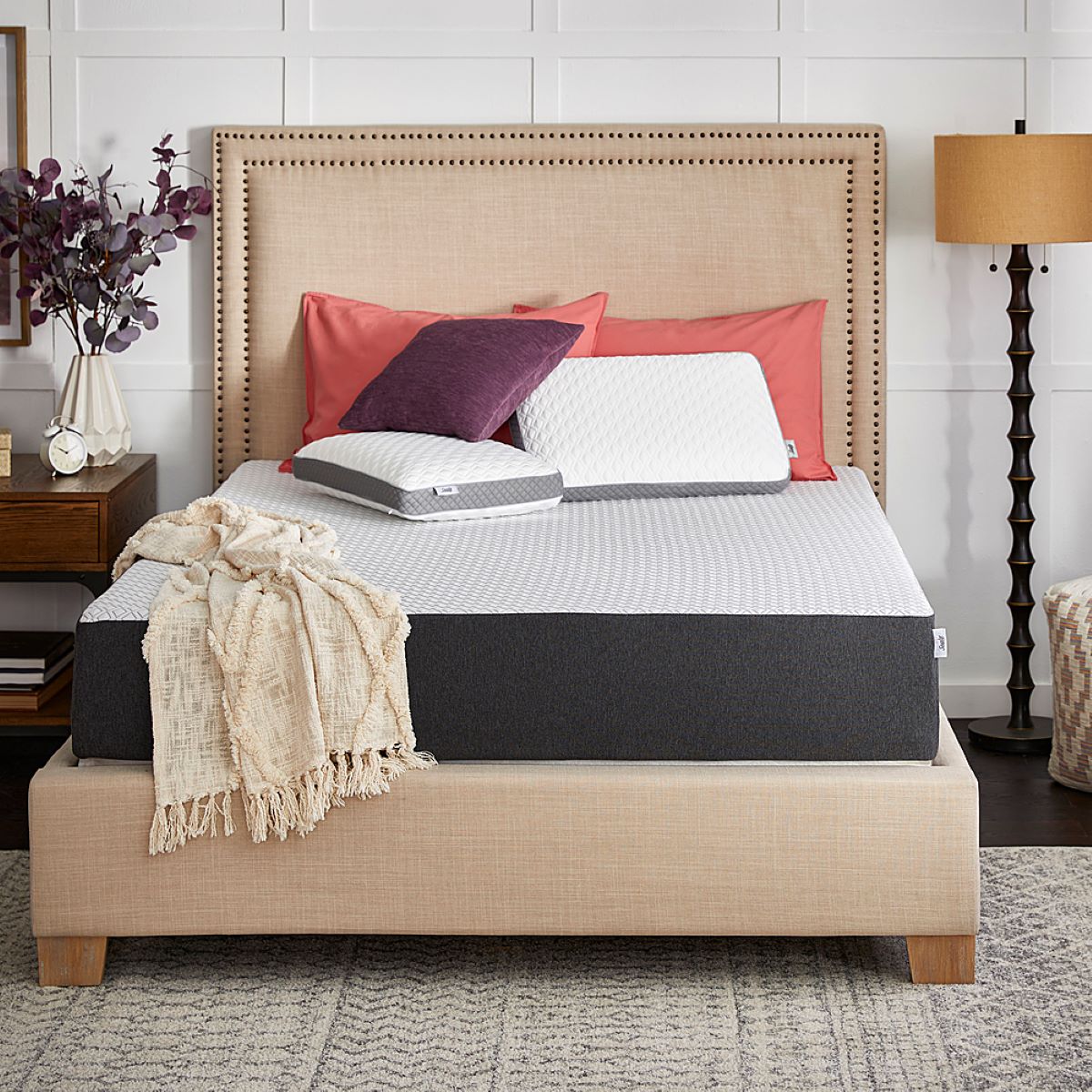
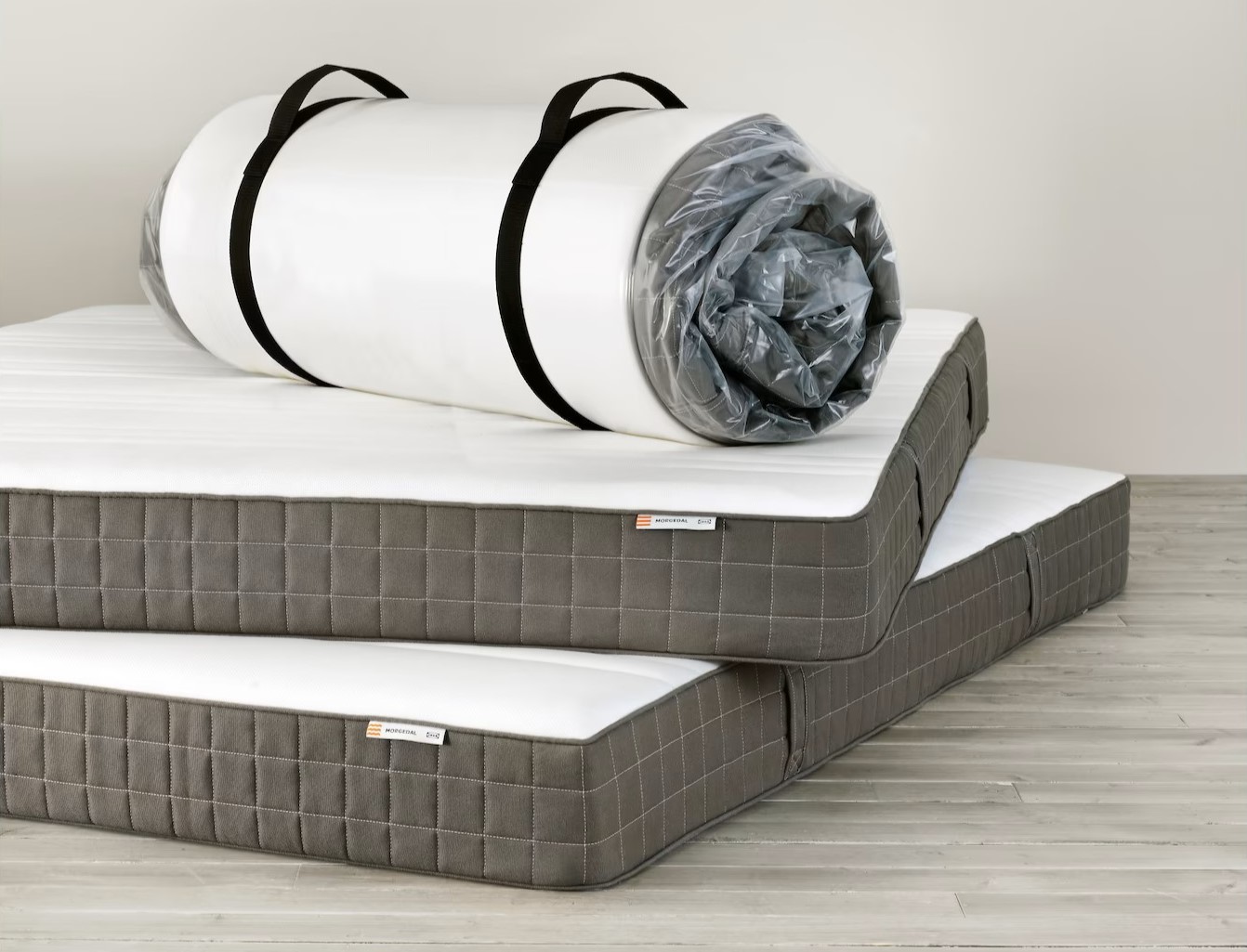

0 thoughts on “How To Store Extra Mattress”